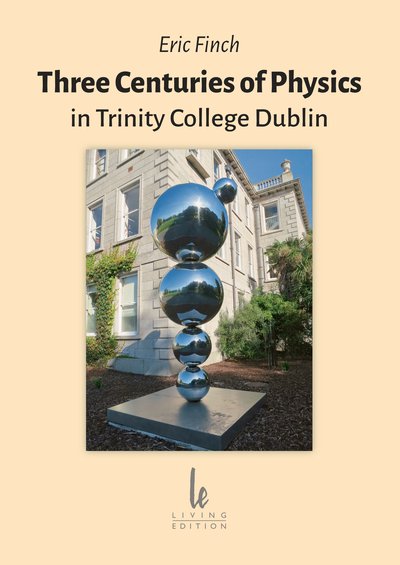Three Centuries of Physics
in Trinity College Dublin
ISBN 978-3-901585-32-6 (softcover; English)
first edition, Aug. 17, 2016; 256 pages; 27 Fig.; 235×167 mm (H×W); 525 g;
€ 22.00 (fixed selling price, Austria, incl. 10% VAT)
Previously at Oxford and Durham universities, Eric Finch has worked in Trinity College Dublin since 1972. A physicist, he was the last person appointed by the Nobel Laureate, E.T.S. Walton, before his retirement. Dr Finch’s research field is in radiation detection, and he is the co-author of a textbook on the subject. In recent years he has become increasingly interested in the history of physics. He is a Fellow of the Institute of Physics of London and a Fellow Emeritus of Trinity College Dublin.
This new book of his is a guide to the development of physics as a subject of study in Trinity College Dublin. The account focuses on the three centuries from 1683 to 1984, and includes a detailed analysis of the hard times for physics during much of the 20th century and the remarkable revival that began in the 1960s. The front cover shows the Physical Laboratory of 1905, now known as the Fitzgerald Building. In the foreground is the sculpture by Eilís O’Connell R.H.A., ‘Apples and Atoms’, which was erected in 2013. It commemorates Walton’s world-famous achievement of 1932 when, with John Cockcroft, he built a particle accelerator and used it to split the atomic nucleus by artificial means.

